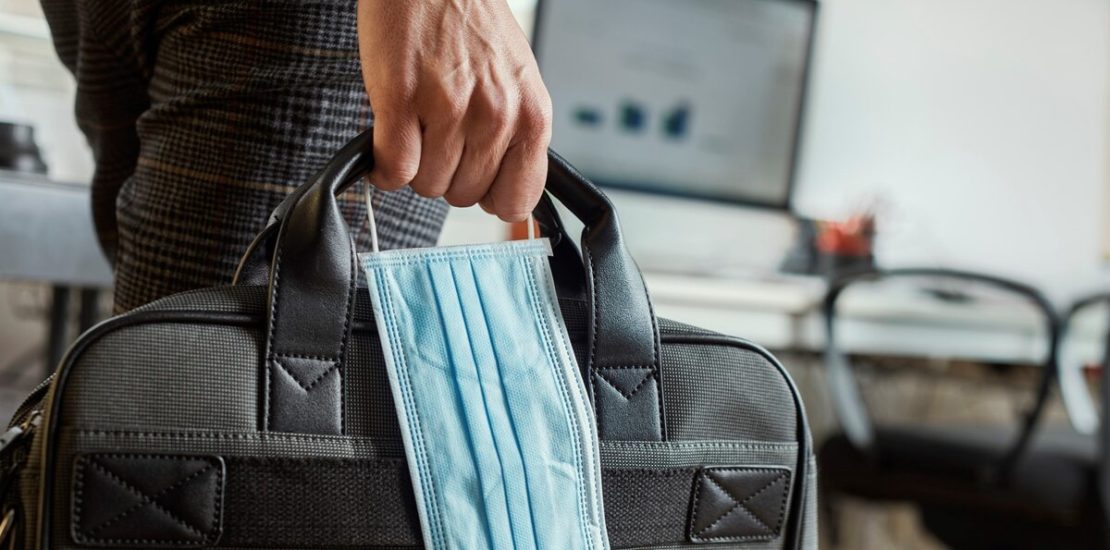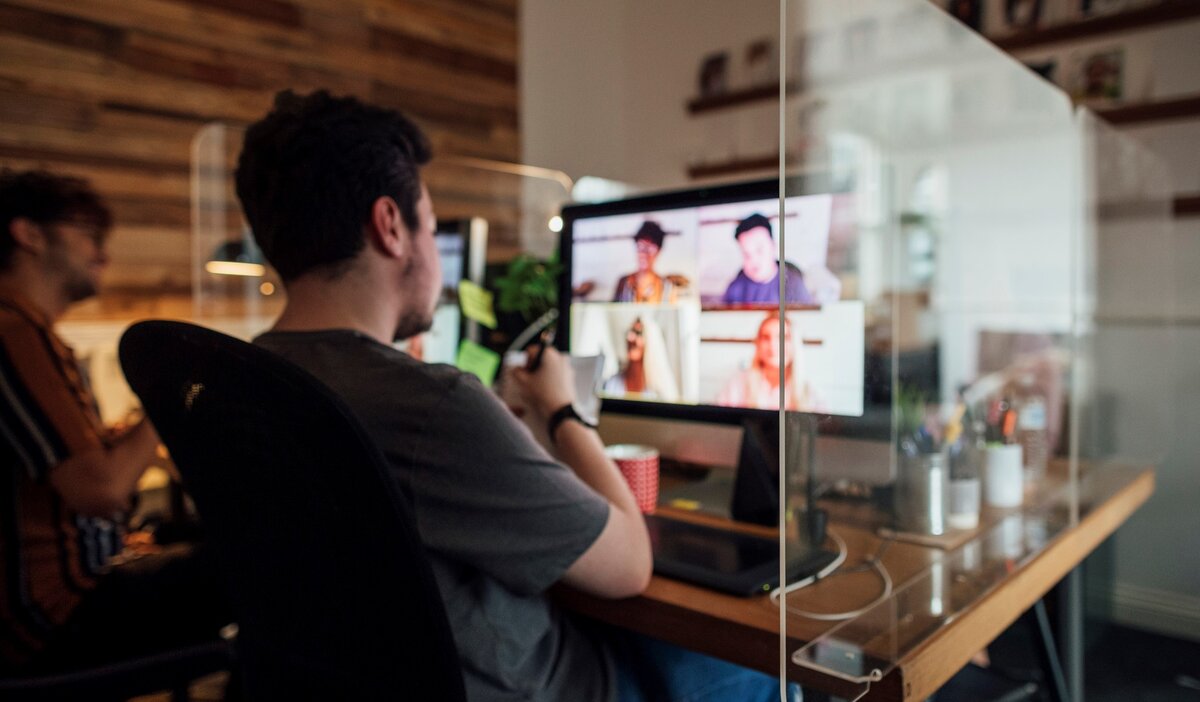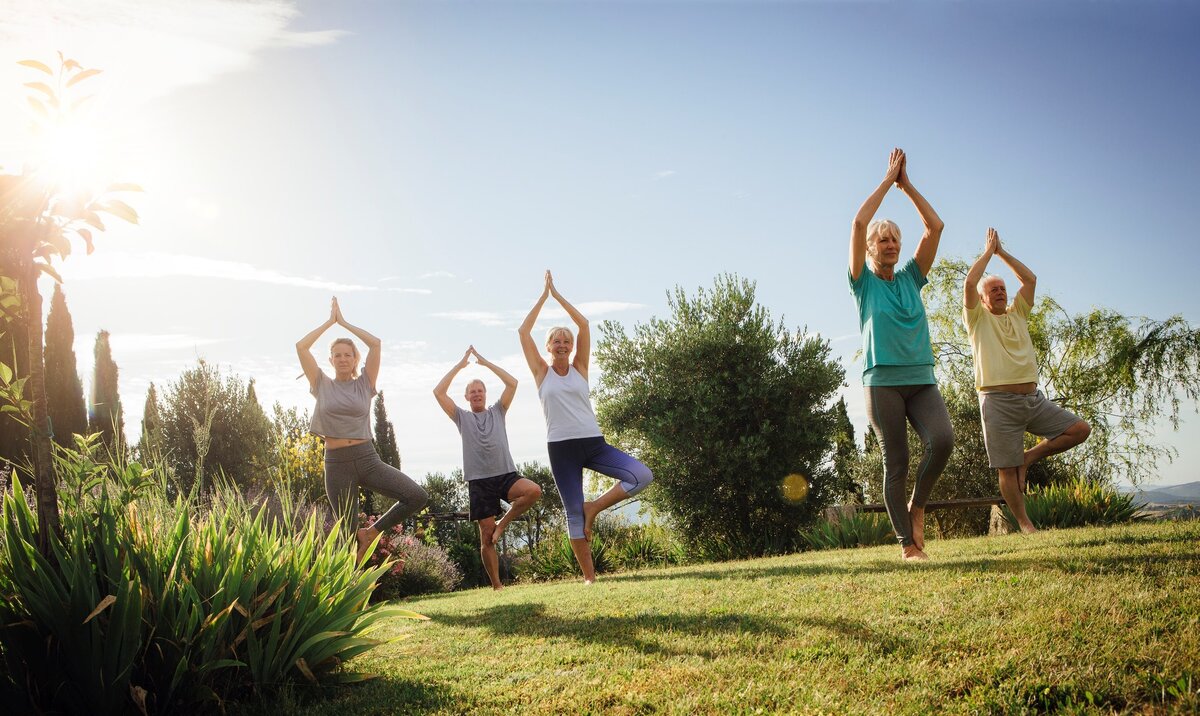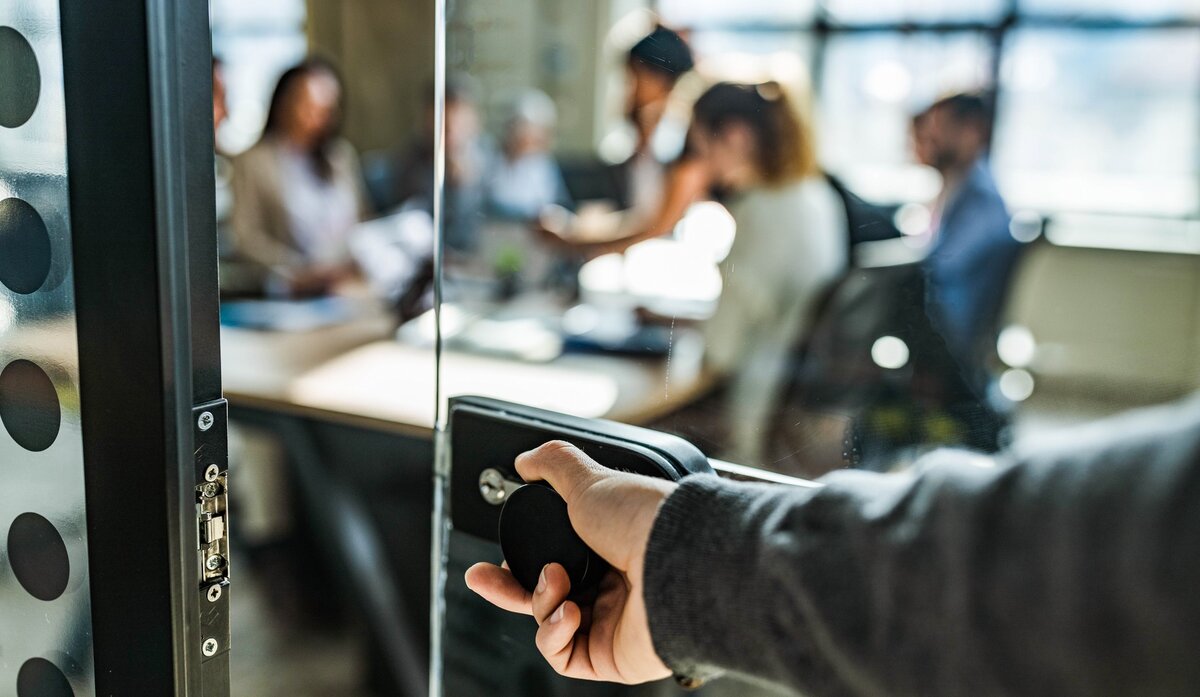Returning to “Normal” After a Global Crisis

In the early days of 2020, people were bombarded with terms such as “social distancing,” “lockdown,” and “global pandemic,” and it quickly became apparent that daily life was going to look a lot different than it did just a few weeks earlier. People felt like their sense of normalcy was torn from their hands overnight, and many grieved the loss of the way they had lived before the global crisis. As the pandemic dragged on, it felt like one question was on everyone’s mind: when will things get back to normal?
In the early months of the pandemic—with so many uncertainties and no vaccine in sight—people longed for a sense of normalcy in nearly every aspect of their lives. Fortunately, our return to the way we lived before 2020 is on the horizon; however, it will not be as easy as just picking up where we left off.
Going Back to “Normal” After Covid
During the pandemic, when someone talked about craving normalcy, they often meant they wanted to be able to hug friends and loved ones, shop without wearing a mask, work out at a gym, and meet or date new people. As more and more of the population becomes vaccinated, these things will likely soon be deemed safe once again.
However, the fact that normal activities can be done safely again doesn’t mean that everyone will feel normal doing them. The truth is, questions about safety remain, and there are still many unknowns as society opens back up. Some people may not by mentally ready to act the way they did before. Elderly people visiting with young children (who are not able to be vaccinated yet) may still feel that social distancing is best. Someone may need the support of mental health care providers to do tasks such as grocery shopping in person, which never caused them stress before. Someone may know it is safe to enter a grocery store without a mask, but that doesn’t mean they feel it. Normalcy cannot magically set back in.
What is Normal, Anyways?

The interesting thing about the term “normal” is that humans often define it by what they consider to be its opposite. For example, if a child who frequently sees blue jays and robins in their backyard one day sees a hummingbird, they will likely consider the hummingbird—with its small, rapidly flapping wings—to be abnormal. Yet, a child who grew up with hummingbirds in their garden would find them mundane. In this way, normal is not a universal state of being but, rather, something that is familiar.
During the pandemic, a longing for normalcy usually included wanting to go into a restaurant or bar and sit close to friends without masks on. It is now possible in many places to do this very thing, and yet not everyone feels safe doing it yet. Many people may opt for places that offer outdoor seating or decide to get takeout instead of jumping back into a social scene. Some people might need special mental health support to prepare themselves to eat in public. The “normal” experience is hardly the same as it was before. Saying life can go back to normal again and feeling normal again are two vastly different things.
Perhaps a better phrase than “returning to normalcy” would be “returning to comfortability.” Feeling comfortable and safe doing the things people did before 2020 will take some time, and this time frame will be different for everyone. As employers, we need to take what we learned from the pandemic, the good and the bad, and see how we can apply that to our business practices.
Going Back to Work After Isolation
For many people who worked remotely during the pandemic, interactions with coworkers were conducted almost exclusively through Zoom and other virtual means. As people now transition back into working with each other in person, some are surprised to find that being in the same physical vicinity of coworkers feels awkward. Even making small talk might feel a bit strange for someone who hasn’t had to do so for a long time. After all, for many months, going to work meant logging onto a computer, getting business done, and ending a meeting quickly with the click of a button. Communicating in person has subtle differences than communicating online and, for some, transitioning back to the old way will take some extra time and mental energy.
The Importance of Flexibility
Perhaps one of the most important things an employer can do to help its employees ease back into a physical workspace is to offer flexibility. There are a lot of things that will continue to take a toll on people’s mental health long after the COVID situation is under control. Some people’s mental health might be affected by feelings of concern over safety when returning to the office, even if they logically know they are most likely safe. Some with small, unvaccinated children, may feel nervous that they will infect someone else at work even if they, themselves, are vaccinated. And, of course, no one can rule out the possibility of mutations affecting our vaccinated population.
Letting employees give input on their own personal situations and working together to create a reasonable, flexible time frame for returning can help everyone transition back. If it is not necessary for that employee to return to their workspace full time immediately, dividing their time between working in the office and at home might be beneficial to everyone involved. This is not a good time for employers to crack down on workers for not adhering to specific time schedules or arriving late for work. A lesson the pandemic has taught businesses is that, in hard times, flexibility can pay off, and the businesses that survived did so because they adapted. A strict return to rigid policies will likely add another layer of stress to employees and work to undermine productivity instead of encouraging it.
For many, going back to the office after working from home for so long means that they will have to dig out their business wardrobes from the back of their closet. They may forget to factor in the extra time they need to commute to and from work. They may not take into account that the increased travel means more time and money spent on public transit or at gas stations. Streets that may have been bare once again are filled with rush hour traffic. People may be surprised by how many changes they have to make to be normal once again.
Consider Input from Employees
Giving employees the opportunity to express what will make them feel safe coming back to work will go a long way for them while transitioning back into a working environment with less stress. Employees may feel safer if there are more scheduled cleanings throughout the day or if they are able to wear masks whenever they feel it necessary going forward. At this point in time, many are recognizing that the previous conditions of our working world were unsanitary to begin with, and going back into the office puts immunocompromised people at risk of colds and flus again. Something as little as making sure hand sanitizer is readily available can help ease anxiety for these individuals.
A Corporate Wellness Retreat

One way that a company can help ease its employees back into face-to-face interaction is to schedule a corporate wellness retreat. Employees getting used to being around each other again can benefit from this happening in comfortable settings with enjoyable activities. This will also be a great opportunity for co-workers to catch up with each other. Here are some things can help business owners plan a successful wellness retreat:
- Allow employees the opportunity to give input. Let them suggest retreat activities, and actively use these suggestions when planning a retreat and looking for a venue.
- Make accessibility a priority. If there are physical activities, make sure to offer alternatives, such as art therapy or meditation, that people can do if they are unable to participate.
- Compensate employees for their time. No one wants to feel like they are forced to do something, or that something that is cutting into their personal time. Paying employees helps them know you care and makes them feel like they are getting to do something beneficial to their job, not spending their precious personal time with no benefit to themselves.
- Be clear about the purpose of the retreat. Every employee going into the retreat should understand the goals they each should work for.
Lessons Learned from The Pandemic
One of the lessons learned during the pandemic is that there is much more work that can be done remotely than we were previously led to believe. However, it also demonstrated that many people do not want to work from home. To some, getting back to normal means getting back to work with coworkers. This means that luring employees back into the office may be challenging, not because they want to stay at home, but because they need to feel like they are protected while doing so.
Another lesson learned from the pandemic is that transparency helps foster trust in employees. When restrictions and safety recommendations were always changing, businesses were often faced with difficult decisions on what safety protocols and practices were best. Companies that not only gave employees specific guidelines but also explained the rationales behind them, as well as giving options for feedback, made everyone feel their safety was always put first in every decision.
Moving on from a Global Crisis

We are in a collective moment in history where we can take the things we’ve learned about our business practices that helped us through a global crisis and make them permanent parts of our companies. This may include the increased resources provided to employees to help maintain positive mental health, being more open to employee suggestions, and continuing to foster a sense of camaraderie among coworkers who proved to themselves, and each other, that they could navigate through a once-in-a-lifetime pandemic.
For information on corporate wellness retreats and how they can aid your workforce in moving forward after a global crisis, learn more here.















